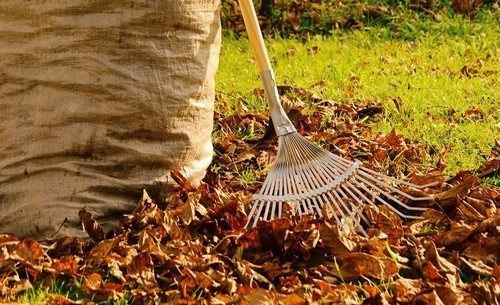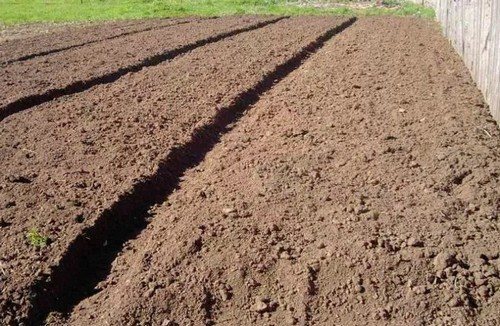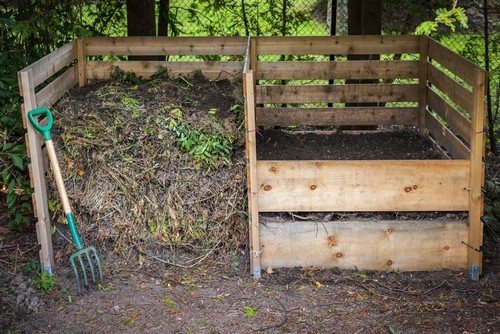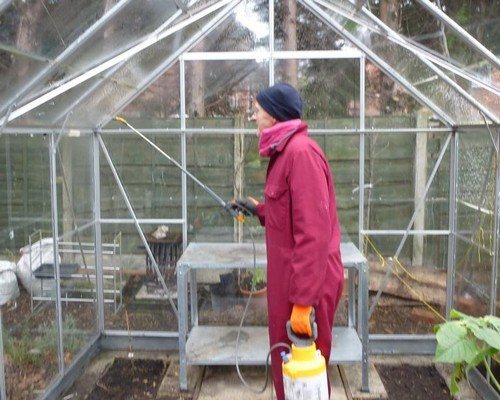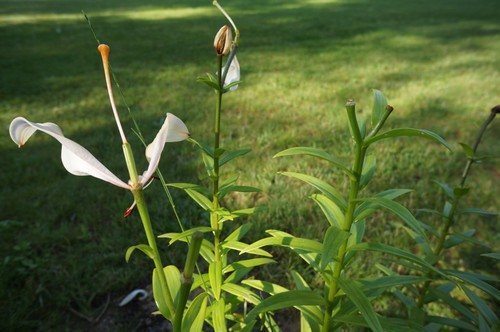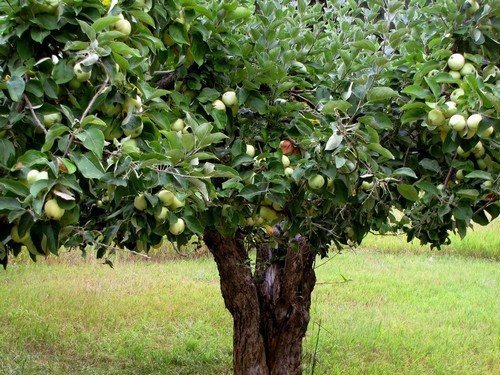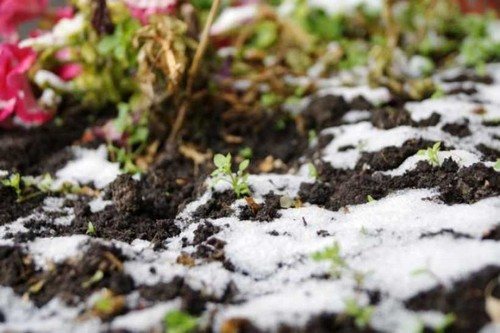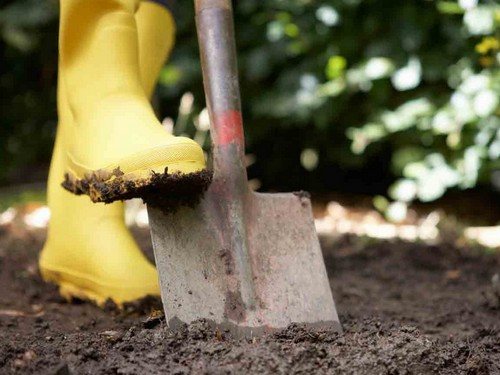Summer is already over, which means the harvest is mostly finished. However, you shouldn't relax. It's time to prepare for the new season, so that next year the garden will delight you with its juicy, healthy fruits.

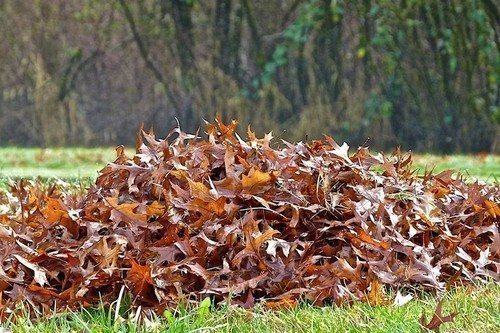
It's no secret that, giving all its beneficial properties to the plants that thrive in it, the soil is depleted and becomes more worn out every day. It needs to be fed with fertilizers.
The most effective, rightly, can be called manure and bird droppings. Although for village residents this may be a consumable item, for city summer residents such a “pleasure” will cost a very large sum.
So why overpay when nature literally lays out a storehouse of elements useful for the soil under your feet? Take it and use it!
Many people use ash as fertilizer, but burning leaves is blasphemous not only in relation to neighbors who complain that they can’t breathe, but also on the part of the would-be gardener himself, because ash is completely free of nitrogen, which is lost during combustion. And this, for a minute, is one of the most important microelements.
Leaving leaves on the ground is dangerous for the future harvest, because mold and diaper rash will likely appear in the soil.
The solution is obvious: compost!
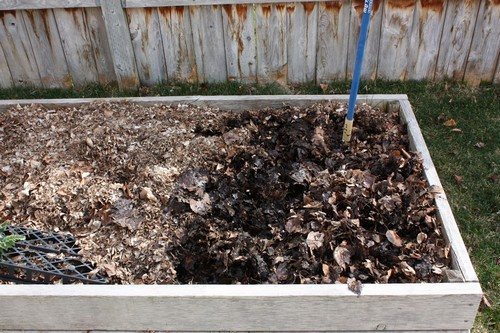
What leaves to take
The ideal option is leaves of fruit trees from the site. Beech, birch, ash, poplar, and willow are also suitable.The leaves of these trees are used without crushing, unlike berry bushes, chestnut and maple, whose leaves decompose more slowly. It is better not to take oak, lingonberries, blueberries and hazel to prepare fertilizer at all: they contain too many tannins, which will adversely affect the harvest. In addition, needles of coniferous trees, which must first be thoroughly ground, are also suitable as humus.
What to store in
If funds allow, you can buy ready-made bins or plastic bags for compost, but there are also more budget-friendly options. For example, old cast iron bath, wooden boxes or barrels. The main thing is that there are holes for air in the container.
You can also build a storage space yourself. You will need 4 wooden pegs and a metal mesh. You need to drive in pieces of wood so that the shape resembles a square, and then stretch the mesh around the perimeter. It turns out to be a homemade box with an open top.

How much to cook
The decomposition time of leaves depends on the density of their packing and tree species. After approximately 1-2 years, you can begin to add humus to the soil. By this time it will look like a dark, loose mass interspersed with leaves. However, do not forget that needles decompose more slowly: only after two to three years.
The readiness of compost can be determined by the absence of worms: in fully ripened leaf humus they simply have nothing to feed on.
garden grass
There are many additives in stores to speed up the aging of compost, but not everyone is willing to spend money on them. Especially when there are more affordable and natural methods.
One of the most effective is to add some grass from the area to the leaves.
Prevent weed growth
If you place the leaves in the beds, and not in a special box, you can prevent the growth of weeds and weathering of the soil in winter.
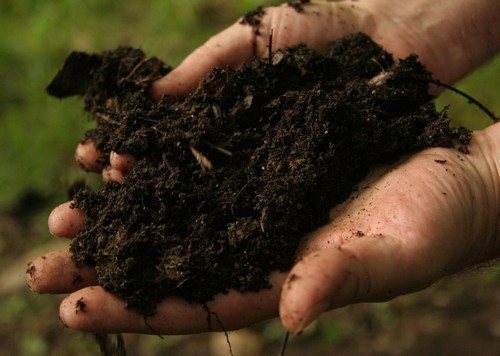
And a bonus tip that will be beneficial not for summer residents, but for their smaller brothers: by placing leaves closer to the edge of the site, you can provide a home for hedgehogs; They really love to spend the winter in compost heaps.
Everything has its use in the garden! It is only important not to delay preparing the humus, and by spring it will be possible to saturate the soil with nutrients so that next season the harvest will once again delight you with its abundance!



